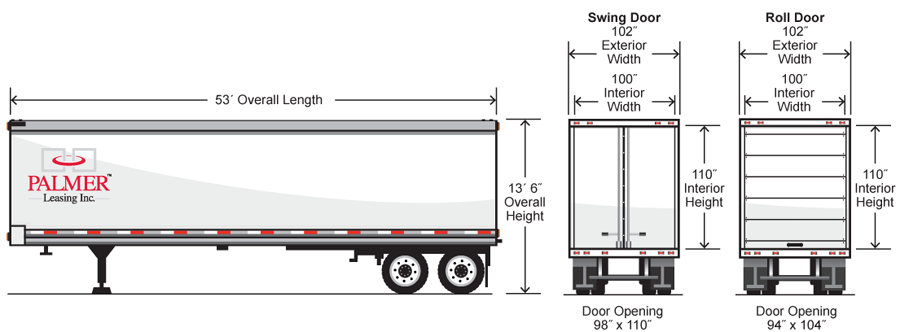While putting solar cells on passenger EVs doesn't make a whole lot of sense, it may be more practical to put them (and maybe some storage) on the trailers that electric Semis pull.
Think about it:
Lots of flat surface area
Typically in the sun a lot
Appearance is not an issue
Even when not coupled to an EV tractor, they can help power refrigerated trailers
Thoughts?
Think about it:
Lots of flat surface area
Typically in the sun a lot
Appearance is not an issue
Even when not coupled to an EV tractor, they can help power refrigerated trailers
Thoughts?



